Completed projects lift supply but corporates eye prime CBD space as they bring workers back
Covid-19 kept workers at home but now big companies are eyeing valuable CBD properties in the expectation they will come back to the office.
Office vacancies around Australia have risen amid a wave of new buildings being completed, but corporate Australia has signalled that its future lies in cities.
The national vacancy rate increased by 0.8 per cent to 12.9 per cent over the six months to July, driven by developers finishing off towers which were planned before the pandemic.
Cities are now making a recovery and there are healthy signs in Brisbane and Adelaide, but Melbourne is lagging after being hit hardest by Covid-19.
Initiatives must be put in place to ensure that record job growth is accompanied by a recovery in CBDs, according to Property Council chief executive Ken Morrison.
“While the office market has proven to be resilient and demand is in positive territory, our
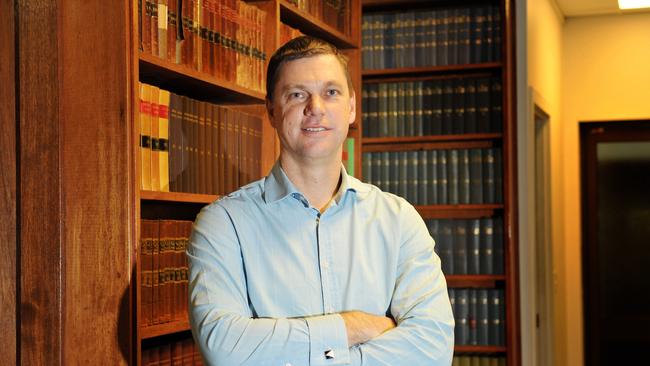
CBDs still need attention,” Mr Morrison said. “While demand for space is increasing, the number of actual office workers in our city centres is well below pre-pandemic levels and threatens the ecosystem of cafes, restaurants and retailers that help make our CBDs such special places.”
He said the recovery of cities must be front of mind for governments and businesses “even as we deal with elevated levels of Covid-19”.
Big companies are looking through the slow shift back to offices and are locking in to top-class office buildings as they bring workers back into the fold, the Property Council’s latest Office Market Report says.
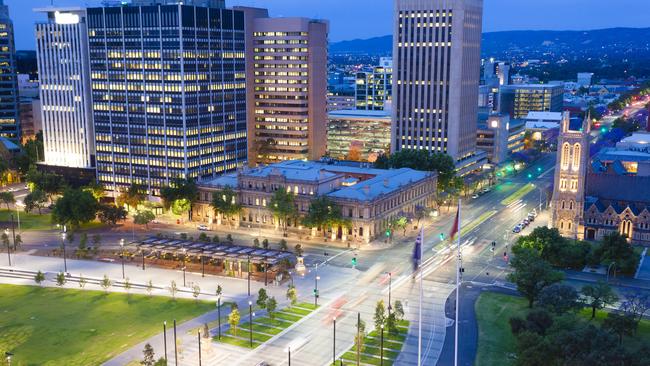
Demand for city office space held up in capital cities and tenant demand lifted an average 0.4 per cent across CBDs.
However, new office buildings coming on to the market pushed aggregate vacancy rates up in capital city and non-capital CBDs.
“Demand for office space was strongest in Brisbane at more than three times historic average, with Sydney, Perth and Adelaide also above average,” Mr Morrison said, adding that demand grew by 0.1 per cent in Melbourne and dropped in Canberra by 0.1 per cent.
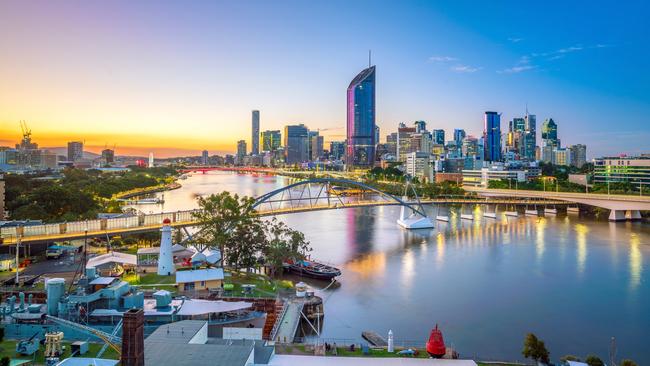
He said that new office space was driving higher vacancies rather than businesses wanting less office space.
Capital city CBD markets experienced supply increases with a combined lift of 1.6 per cent, but supply is forecast to taper off in coming years.
Overall CBD vacancy increased from 11.3 to 12 per cent, while non-CBD areas rose from 13.9 to 15.2 per cent, partly as companies took advantage of tougher conditions to upgrade. Brisbane and Adelaide had vacancy decreases, from 15.4 to 14 per cent and 14.5 to 14.2 per cent respectively.
Vacancy rose in the other capitals, lifting from 6.3 per cent to 8.6 per cent in Canberra, 9.3 per cent to 10.1 per cent in Sydney, 11.9 per cent to 12.9 per cent in Melbourne and 15 per cent to 15.8 per cent in Perth.
Supply in CBDs is now expected to fall below the historical average until mid-2025, while in the non-CBD markets supply is expected to remain above normal until mid-2023, before tapering off.

Meanwhile, record employment and the post-pandemic desire to return to top-class offices is driving a flight by corporate Australia to quality buildings.
This is driving a pick-up in leasing activity despite the tougher economy as companies which were once hampered by pandemic restrictions seek out newer space.
JLL’s head of office leasing Australia, Tim O’Connor, cited the resilient labour market as a driver for leasing and noted companies were targeting prime space rather than lower grade stock. “We are seeing headcount growth directly translate into additional office space requirements, while some organisations are taking a more flexible approach to space requirements and looking to reduce their core office space,” he said.
Mr O’Connor warned a move towards higher quality assets would increase vacancy pressures on secondary grade assets and owners would have to spend to stay relevant.
This half is expected to see more tenants shifting to new projects, even as economic rents are rising. “In the current environment, precommitment tenants will gravitate towards those projects that have secured planning approval and the developer has a contractual agreement with a tier one builder,” Mr O’Connor said.
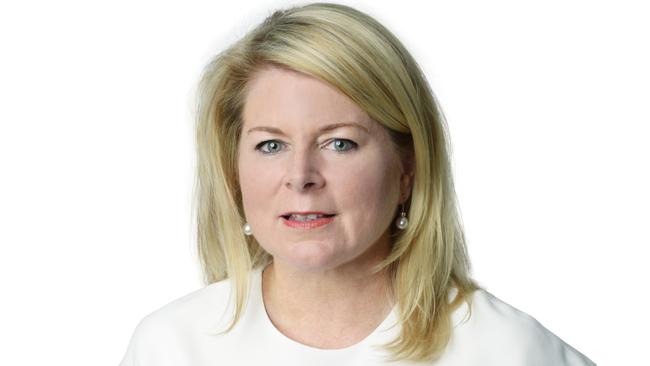
Knight Frank national head of leasing Andrea Roberts is bullish about activity despite the negativity about the macroeconomic environment, and noted the focus on prime CBD office space.
“We are seeing more and more employers set their hybrid policies and use technology to manage physical and virtual presences on a day-to-day basis. It’s not a ‘work from home or in the office’ discussion – it’s both. It’s here to stay,” she said.
Cushman & Wakefield’s head of office leasing, Australia & New Zealand, Tim Molchanoff, said leasing demand in core markets remained solid in the first half, despite higher interest rates, inflation and geopolitical tensions.
“The demand has been driven by the war for talent, with unemployment at its lowest level in over 40 years. Tenants are looking through the current sentiment, while taking advantage of the relatively high incentives on offer, to secure quality space to help them retain and attract talent,” he said.
Colliers managing director, office leasing Simon Hunt said that occupiers who now felt more comfortable with their workplace strategies were moving forward on leasing. There was record demand for office space in the first half with inquiries for more than 1.622 million square metres – an 11 per cent increase on 2021. Big tenants are also getting active.
At the larger end of more than 3000sq m the agency has seen an additional 61,000sq m inquired for in the first half of 2022 compared with the same period last year. IT, finance and government were the most active areas.
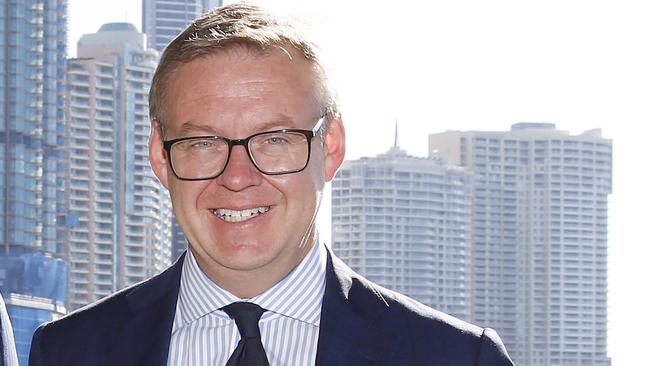
“We expect to see a continued strength in deal activity focused on prime-grade stock as the flight to quality thematic continues, which will provide further tailwinds to rising prime face and effective rents. However, B-grade is expected to lag with higher vacancy levels,” Mr Hunt said.
CBRE’s head of office leasing, Pacific, Mark Curtain, said office users were looking beyond current economic instability and focusing on securing quality offices to win staff over.
CBRE recorded 203,528sq m of new 1000sq m-plus transactions nationally in the past half and activity grew quickly in the past three months, as sublease space shrank. Gross face rents have grown nationally by 2.3 per cent year on year to June.
“Face rental growth is emerging as a strong theme in both existing assets and new development stock, albeit with incentives remaining elevated across most Australian markets,” Mr Curtain said.
A wave of builder collapses and supply chain problems could also affect rentals. “Escalating building costs are driving increased economic rents for new office construction, while landlords are repricing existing stock as they seek to minimise the impact of the current inflationary environment,” Mr Curtain said.
He flagged high tenant interest in new office development projects.




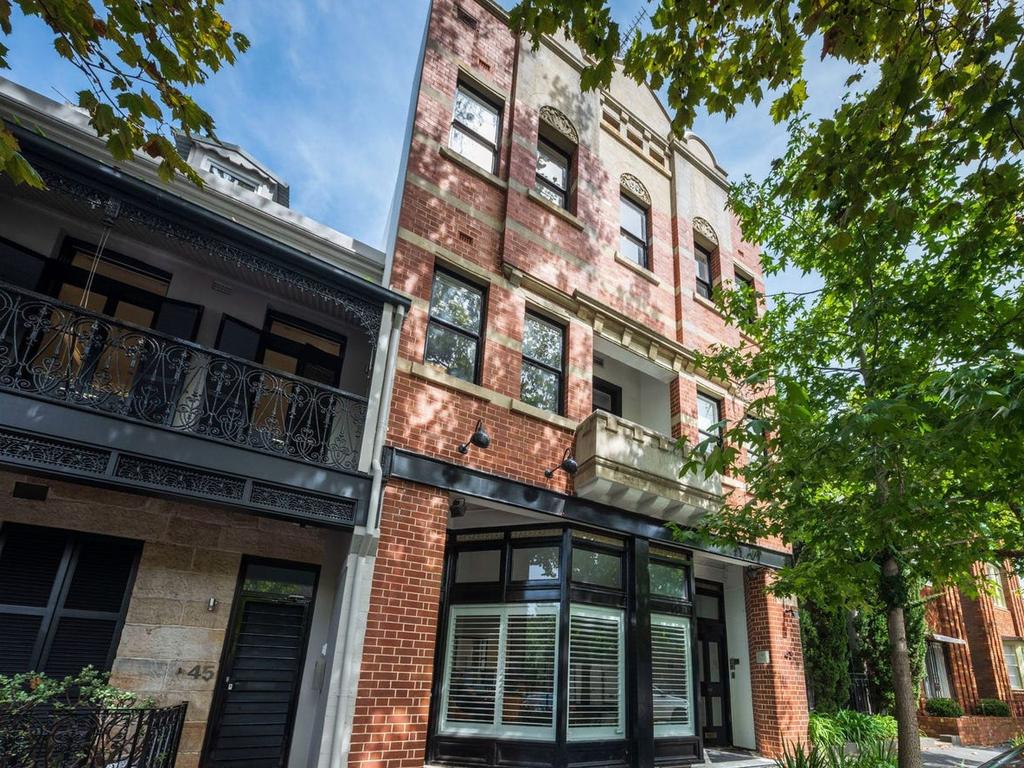


To join the conversation, please log in. Don't have an account? Register
Join the conversation, you are commenting as Logout